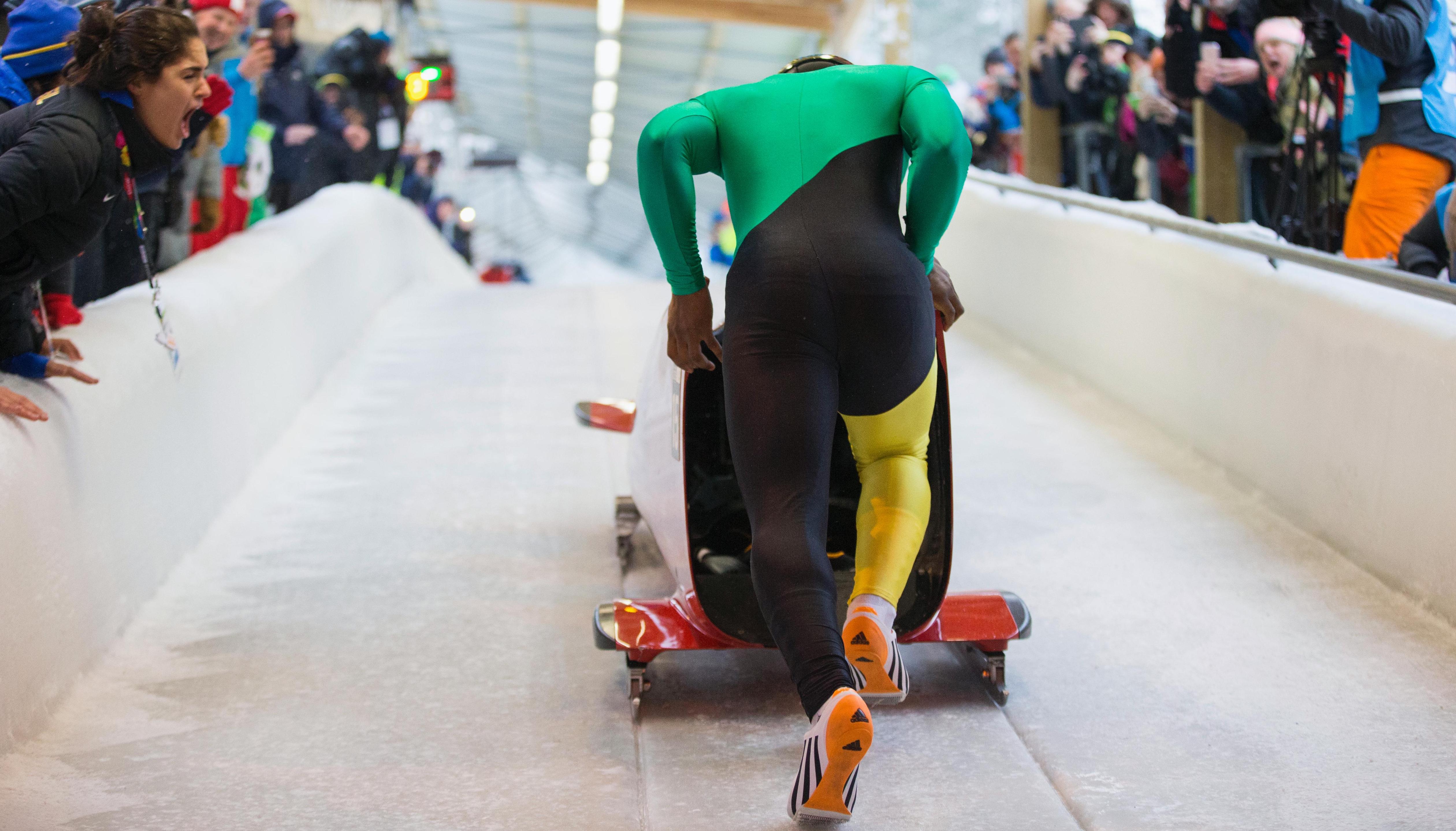First aid of acute injuries in bobsleigh
Read more about what to do when you are out for acute injuries. Swift and proper treatment of acute injuries increase the likelihood of a quick recovery.

Head injury
When in doubt, call the emergency number immediately.
A head injury must always be taken seriously. When an athlete sustains a head injury, it is important to prioritise first aid: check whether the athlete is conscious, breathing, and whether they have a pulse. At the same time, it is important to support the neck to avoid movements that can lead to paralysis if there is a fracture to the neck. The next thing to consider is whether the athlete can be moved away from the place where the injury happened. If they are conscious and experiencing neck pain, or show signs of displacement or neurological symptoms of spinal cord injuries (immobility or numbness in the arms and legs), they need to be transported on a stretcher with neck support.
If the athlete is unconscious, but breathing, then it should be assumed that there is a neck injury until proven otherwise. However, airways and ventilation should be prioritized over potential back and neck injuries. If there are signs of severe head or neck injury, seek emergency medical care. Whoever has the most medical experience on site should take charge.
Read more about treating concussions here.
Neck injury
When an athlete sustains a neck injury, call the emergency number immediately.
When someone sustains a neck injury, it is important to check whether they are conscious and breathing.
If you think the neck injury may be severe, it is important to stabilise the head and neck. Do not correct the positioning of the head if the patient is conscious. Do not move the patient until a medical professional arrives. Remember to call the emergency number.
If the patient is unconscious, take care to support their head, but avoid moving the neck. If the patient does not breath, start freeing the airways and perform CPR (cardiopulmonary resuscitation). If the environment is cold, it is important to prevent the patient’s temperature from dropping by wrapping them in warm clothes or blankets.
Not all injuries are severe.
After a concussion, pain and stiffness in the neck can occur. This can lead to symptoms similar to those of head trauma/concussion, including headaches, dizziness, nausea and pressure in the head. The symptoms will usually improve after a few days.
If any such symptom lasts for more than 3 weeks, seek medical care (if possible from a sports physician) for evaluation and treatment.
Read more about treating neck injuries here.
Pulled muscle in the thigh/calf
Stop your activity if you think a muscle fiber may be torn. Start PRICE treatment immediately. Be sure to apply compression to the affected area. Avoid putting any weight on the injured muscle for the first 24 hours.
Important note: If you hear a snap or crack, the Achilles tendon may be injured or torn. Go straight to the emergency room. Apply compression and ice as usual.
Read more about treating acute thigh injuries and lower leg here.
Dislocated shoulder
If an athlete is tripped up from behind or falls on an outstretched arm, the shoulder can become dislocated. This is very painful. An authorized health professional can relocate the shoulder. Otherwise, go straight to the emergency room. Whenever you are far away from the hospital it's recommended to try to relocate the shoulder yourself by using this technique: Clasp both your hands around a bent knee, then drive the knee into your hands and away from your torso whilst leaning backwards. X-rays are required to confirm whether the relocation was successful.


